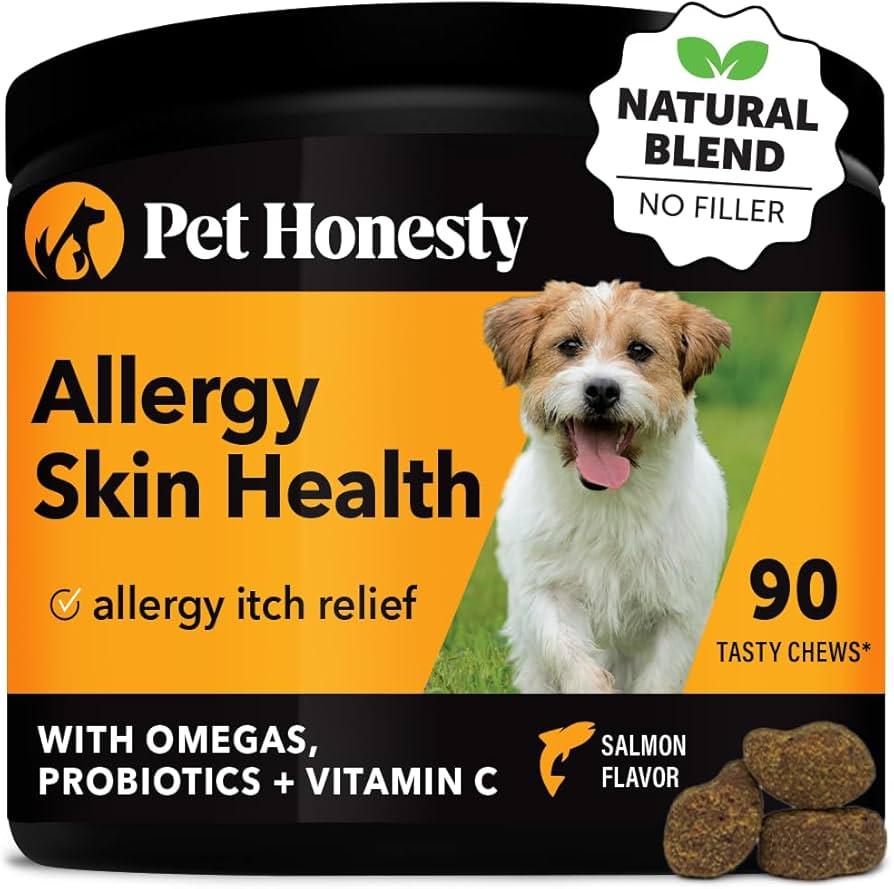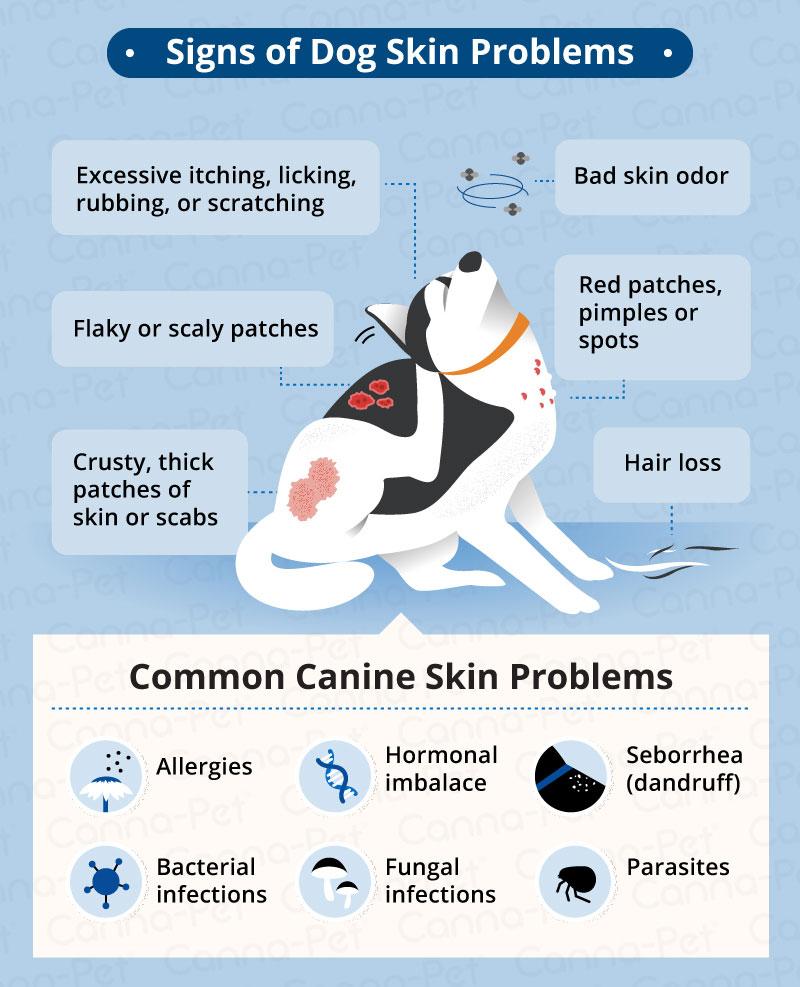As a loving dog owner, ensuring the health and happiness of your furry companion is likely a top priority. One crucial aspect of canine care that often goes unnoticed is the health of your dog’s skin. Just like humans, dogs can experience a variety of skin conditions that can affect their overall well-being. By learning how to check your dog for skin conditions, you can catch potential issues early and seek appropriate care. In this guide, we’ll walk you through simple, effective steps to examine your dog’s skin, helping you become more attuned to their needs and ensuring they stay comfortable and content. Whether you’re a seasoned pet parent or new to the joys of dog ownership, these tips will equip you with the knowledge to keep your four-legged friend healthy and happy.
Understanding Your Dogs Skin Health
Your furry friend’s skin is their largest organ, and it’s essential to keep an eye on it to ensure their overall well-being. Regular checks can help you catch potential skin issues early. Begin by gently running your hands over your dog’s body, feeling for any unusual lumps, bumps, or scabs. Pay special attention to areas that are often overlooked, such as between their toes, under their collar, and around their ears. As you do this, look for signs of redness, swelling, or bald patches, which might indicate an underlying condition.
- Inspect the Coat: A shiny, smooth coat is a good indicator of skin health. If you notice dullness or excessive shedding, it could be a sign of a nutritional deficiency or an allergy.
- Check for Parasites: Fleas and ticks can cause significant irritation. Look for tiny black specks (flea dirt) or actual insects, especially around the tail and neck areas.
- Observe Behavior: Excessive scratching, licking, or biting can be a red flag for skin irritation. If your dog is more restless than usual, it may be time for a closer inspection.
- Monitor for Odor: Unusual smells can indicate infections. A healthy dog should not have a strong odor coming from their skin.
By keeping these checks in your routine, you can ensure that your dog’s skin remains healthy and problem-free. Always consult with your veterinarian if you find anything concerning.

Identifying Common Skin Issues in Dogs
When examining your furry friend, it’s essential to be aware of a few common skin issues that might affect their health and comfort. Here are some signs to look out for:
- Itching and Scratching: Constant scratching or licking can indicate allergies, parasites, or infections. Pay attention to areas like the paws, ears, and belly.
- Redness and Inflammation: Red or swollen patches might suggest an allergic reaction or infection. It’s crucial to identify these areas early to prevent further irritation.
- Flaky or Scaly Skin: Dandruff-like flakes can be a sign of dry skin or seborrhea, a condition that can lead to excessive oiliness or dryness.
- Bumps and Lumps: Noticing any unusual growths or nodules? These could range from benign cysts to more serious tumors, and should be checked by a vet.
- Hair Loss: Bald patches or thinning hair might indicate mange, fungal infections, or hormonal imbalances.
By being observant and proactive, you can help ensure your dog’s skin stays healthy and irritation-free. Regular check-ups and grooming sessions are excellent opportunities to monitor these signs and seek veterinary advice when needed.
Step-by-Step Guide to Inspecting Your Dogs Skin
Begin your examination by creating a calm environment for your furry friend. Use gentle strokes to run your fingers through their coat, keeping an eye out for any irregularities. As you part the fur, observe the skin for signs of redness, rashes, or flaky patches. Feel for unusual lumps or bumps that could indicate underlying issues. Pay close attention to areas that are commonly affected by skin problems, such as behind the ears, under the collar, and around the paws.
Utilize a soft-bristled brush to further inspect the coat and ensure you’re not missing any hidden spots. While brushing, make a mental note of any excessive shedding or bald patches. Look out for fleas, ticks, or other parasites that may be lurking on the surface. Remember to check in between the toes and under the tail, as these areas can often be overlooked. If you notice anything unusual, it might be time to consult your vet for a more thorough examination.
- Gently part the fur and observe the skin.
- Check for redness, rashes, and flaky patches.
- Feel for lumps or bumps.
- Inspect behind ears, under the collar, and around paws.
- Look for fleas, ticks, and other parasites.
When to Seek Veterinary Help for Skin Concerns
While regular checks at home can help catch minor skin issues early, certain signs indicate it’s time to consult a veterinarian. Persistent itching or scratching, for instance, may signal underlying allergies or infections that require professional treatment. If you notice redness, swelling, or sores that do not improve within a few days, these could be symptoms of more serious conditions like bacterial or fungal infections.
Additionally, be attentive to unusual lumps or bumps, as these might need further examination to rule out tumors or cysts. Hair loss in patches or changes in skin color and texture should also prompt a visit to the vet. It’s essential to act swiftly if your dog exhibits signs of pain or discomfort when their skin is touched, as this could indicate a deeper issue. Always trust your instincts; if something seems off, it’s better to seek advice sooner rather than later.

